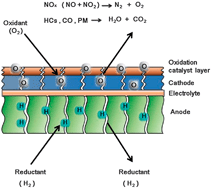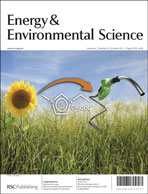Complete emissions control for highly fuel-efficient automobiles via a simulated stack of electrochemical-catalytic cells
Abstract
An electrochemical-catalytic converter can allow, for the first time since the implementation of environment regulation, the combustion efficiency of the automotive engines to be pursued to the maximum. This converter does not consume any reductant and can be carefree. Complete emissions control for zero pollution of the automotive engines can be achieved.


 Please wait while we load your content...
Please wait while we load your content...